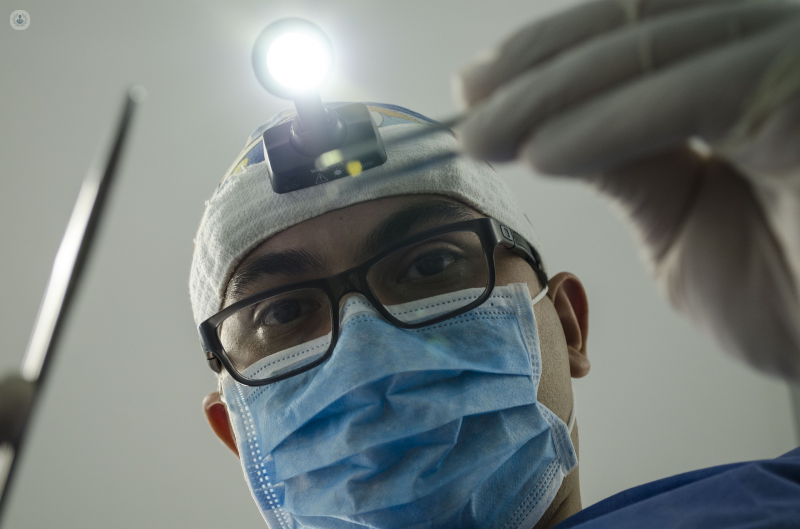Tonsillectomy
Mr Asit Arora - Otolaryngology / ENT
Created on: 05-03-2019
Updated on: 09-26-2023
Edited by: Karolyn Judge
What is a tonsillectomy?
A tonsillectomy is a surgical procedure to remove the tonsils which are located at the top of a person’s throat. The tonsils are small organs which are used to catch viruses and bacteria, and prevent them from entering the body. In addition, they also produce white blood cells and antibodies.

Why is it done?
For many years, it was a popular treatment for recurring tonsillitis, however, it is now used more frequently to help treat breathing problems and difficulty in swallowing, especially in children. Tonsils can be naturally large or they can become enlarged after frequent infection. The most likely reasons for needing a tonsillectomy include:
- Breathing problems resulting from swollen or enlarged tonsils
- Sleep apnoea
- Loud and intense snoring
- Recurring or chronic bacterial tonsillitis
- Bleeding on the tonsils
- Cancer
Although this procedure is more common in children, it can also be beneficial for an adult to have their tonsils removed, in certain cases.
What does it involve?
A surgeon will perform the procedure under general anaesthesia. You shouldn’t feel any pain during the surgery, as you’ll be sedated. The surgery takes between 20 to 30 minutes, during which all the tonsils are removed. Some patients only require partial removal of the tonsils, however this depends on the problems you are having. The following are different techniques a surgeon might use:
- Electrocautery: This technique uses extreme heat to remove the tonsils and stop any bleeding.
- Cold knife dissection: The tonsils are extracted using a scalpel. The surgeon will use sutures (stitches) or electrocautery to stop any bleeding.
- Harmonic scalpel: Ultrasonic vibrations are used to cut and stop bleeding from the tonsils.
How do you prepare for a tonsillectomy?
You will receive instructions from the hospital on how to prepare yourself, or your child, for the surgery. It is likely they will advise you the following:
- Don't eat anything after midnight prior to your surgery. Your doctor will provide information on eating and drinking before the procedure.
- Plan for your recovery. It can up to ten days to two weeks or more to recover from a tonsillectomy. Adults generally need more time to recover than children do.
- Do not take any aspirin for at least two weeks prior to your surgery.
- Arrange a lift home from the hospital.
What's involved in aftercare?
You will most likely be an outpatient which means that you won’t need to stay overnight in the hospital and can leave the same day. Nearly everyone experiences pain in the throat and sometimes in the ears, jaw and neck, after the surgery.
The following can promote recovery and relieve symptoms:
- Medications – Your doctor will suggest the correct medications to relieve the pain.
- Food – After surgery, foods that are easy to chew and swallow are advisable. Warm, clear broth and applesauce are recommended. Jelly, mashed potatoes, yogurt, smoothies, porridge, and pasta are also soft foods that are easy to chew and swallow. Sipping on water and eating ice pops are important to keep hydrated.
- Rest – It's important to rest for several days after surgery. All strenuous exercise or activities should be avoided for at least two weeks. Your doctor will advise you when you should return to work or your child can return to school.

















